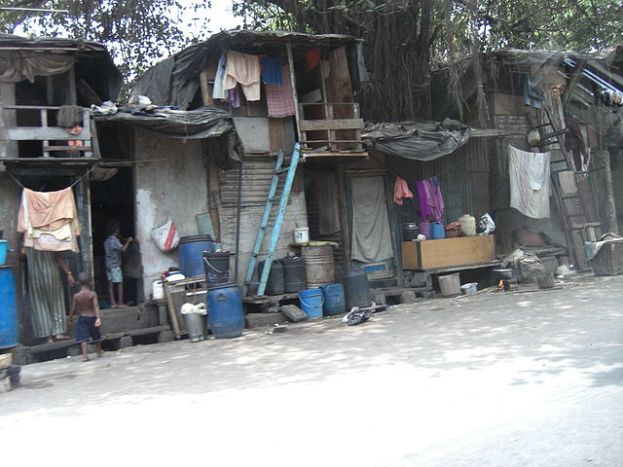Post 33 -by Gautam Shah (Blog 3 in lecture series Space and Human Behaviour)
.

A person encounters Places, each posing a set of environmental conditions. A place may be a physical entity, or just an ephemeral existence. But one begins to genetically or intellectually choose, if it is the Space for occupation, possession, inhabitation and proliferation. The space will have the environmental variety, dimensional adequacy, task capacity, and sufficiency for processes like cognition, expression, perception and human interactions. The space identification leads to a place attachment.
“Place attachment is the emotional bond between person and place” (Florek, Magdalena -2011).

Place attachment derives from the instantaneous reaction, feelings, thoughts, memories and interpretations aroused by a territorial reality. It shows the choice of one territory over many other, or an attachment over the others. Such a choice reflects individualistic experiences and emotions and group-based perception. It also shows the intensity of acquaintance, likeness to other conditions, predictability, or familiarity of frequent visitations. Place attachment leads to space identity as a Role Locus for behaviour. Here a person can satisfy biological, social, psychological and cultural needs.

Space identity is recognition of a spatial organization with an implicit environment. The form, the environment, and the functional potential, all together instill certain sensorial satisfaction. Initial space identification is cursory and minimal. The space identification does not need any adjustment of bio-physiological activities nor require alteration of the environment.

One first tries to accustom own-self rather than modify the space. The space, however, shows specific potential, and so one tries to occupy it. The space occupation occurs in three ways: extend the stay in space, stretch the engagement in time, and approach the space from different directions and manners. Such a space occupation is experimental, so notional and transient. It only offers realization that the space is survival worthy, as it has some size, shape, approach modalities, environmental qualities and sensorial characteristics. There is also recognition that this realm can be: improvised in form, its environmental qualities reset, and the sensual characteristics enriched for satisfaction and greater efficiency. The approach modalities to the place tell about the connections to other places (or neighbourhoods).

A person or a group may perceive such potential accidentally, or after an intensive search, and so consider it an asset worth hanging-on to. The desire to posses a place, requires that it remain consistent. The environment and the user or the user-group dynamics (interrelationship), however, vary continually. The original efficiencies (first realizations) may not remain valid in some circumstances. Yet the space possession ensures some permanency to the place. The constancy is achieved by domestication of the place. The user converts the space of place, and in turn exposes own-self to forces of change.


The space of the place is adopted through an elaborate cycle, where the user and the place change each other. The explorative occupation of a place turns into a domesticated domain, and the process continues as inhabitation. The space of the place is enriched with personal values, attitudes, feelings and beliefs. The place and space begin to merge as unique setting to sustain the behaviour. A physical entity or an ephemeral existence becomes a Role Locus for behaviour.

A Locus is, 1. Space for inhabitation, 2. Zone of individuality and family identity, and 3. an entity: with some real features, some formatted elements, and few things of allegorical or abstracted form. It is a multi faceted setting or a realm for behaviour. The role locus is subjective, for the individual or a group leader.

● The role locus is an inhabitable place. It is space defined by the bounding barriers or intensity of beliefs. It is a physical reality, a dimensioned territorial entity, or an ephemeral existence. Yet it is a non-transient location. It is finite in scale, sized and altered for the occupants. It also reflects the sensorial facilities and ‘reach capacities’ of the occupant.

● As a zone of individuality and family identity, it has a personal imprint or relevance. It has associated beliefs, intuitions, etc. It is intensely evident at the point of origin, or close to its creator, then diffusing out into infinity. Such a place as a metaphysical entity may not have territorial markings of own, but sometimes carry strong identity of values, beliefs, feelings, intuition, etc.

● Few things of allegorical or abstracted forms allow one to sense ‘a substantial spatial entity’. Such a representational space entity could be intuitive part of the psyche, imagination, or experiences. A metaphoric place is effective till it is consciously accepted as a representative form. It is useful in spite of its myth remaining unresolved. A metaphoric entity prevails among certain class of people, who tacitly agree or have been socially or politically conditioned to accept such symbols to represent certain expressions, actions, etc. Such places are spatial representations that are immaterial, allegorical, pseudo, make-believe, or of ‘virtual reality’.
.
This is the THIRD lecture in the series Space and Human Behaviour for Winter semester, 2017, at Faculty of Design, CEPT University, Ahmedabad, India.
.









